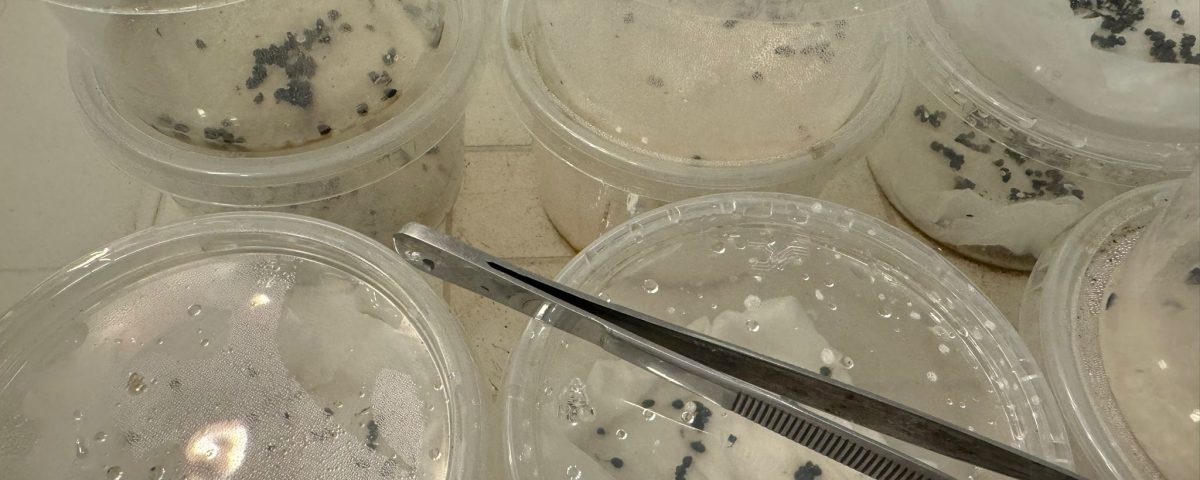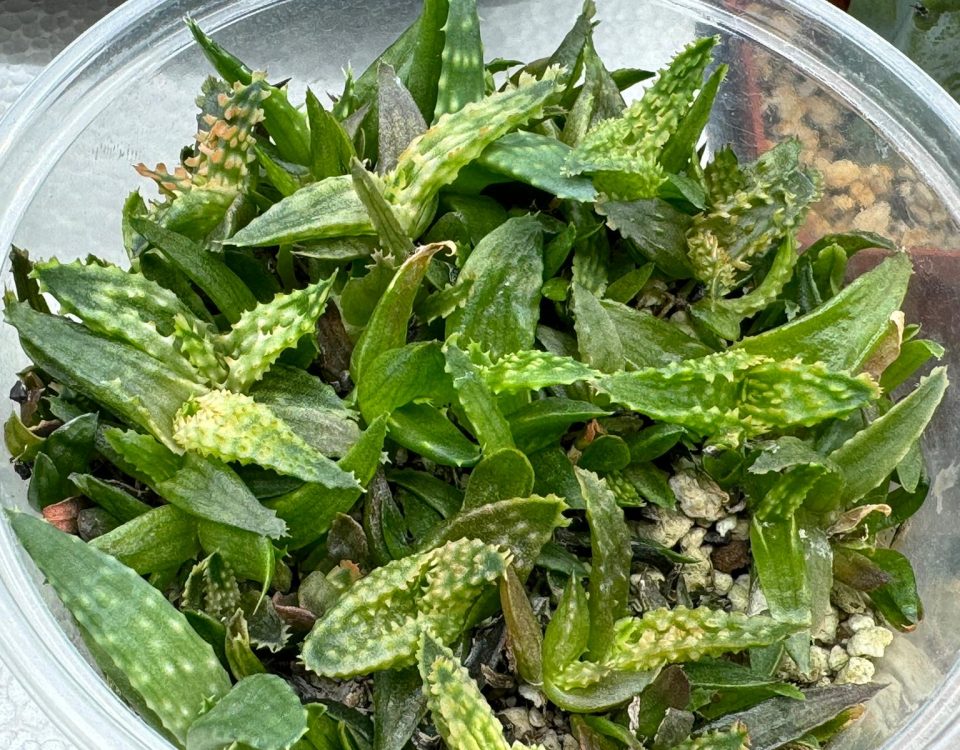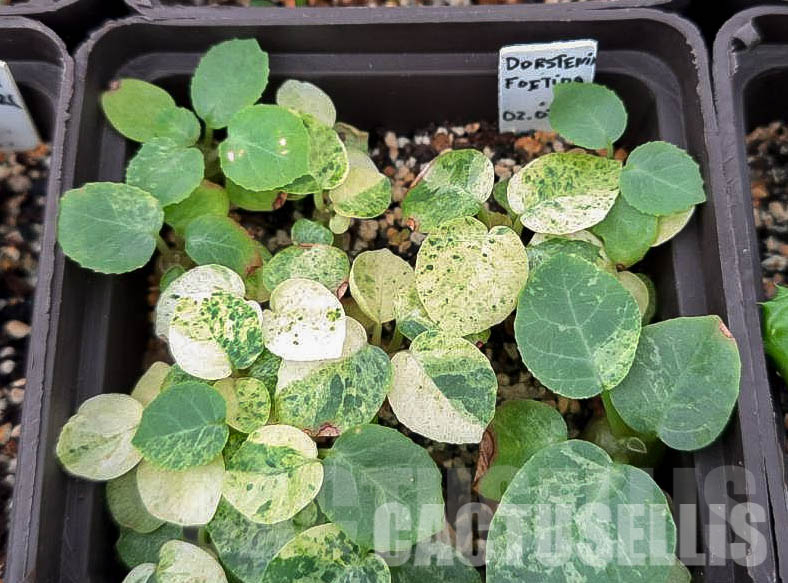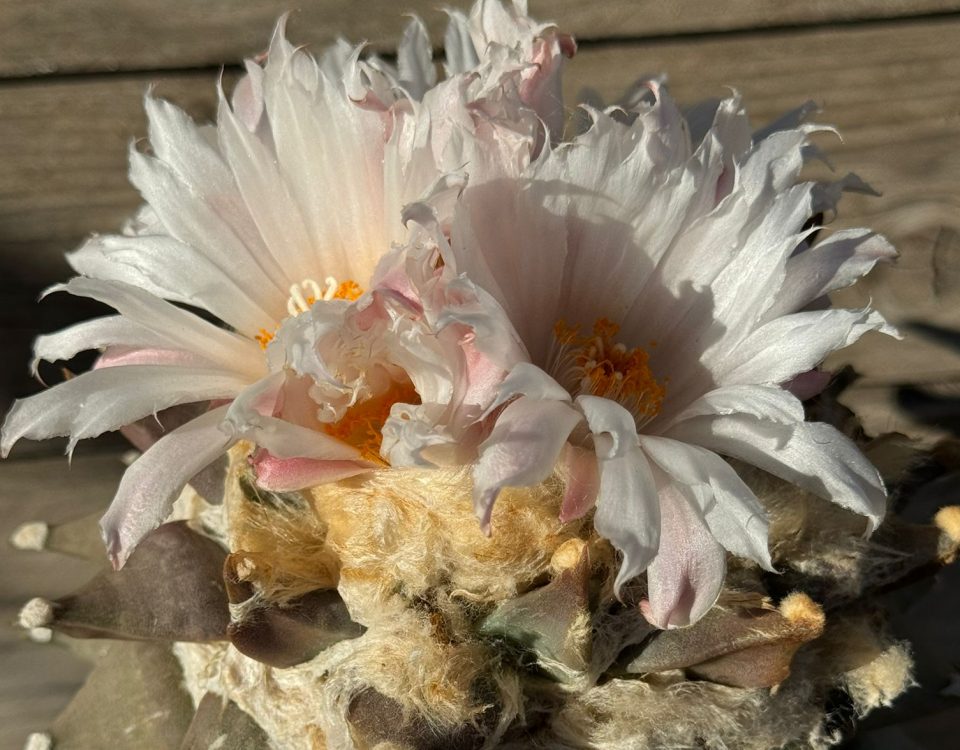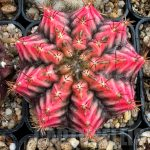


How to re-root the cactus plants
September 26, 2024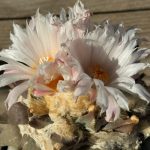


Care Rules for Cacti and Succulents in Autumn and Winter
October 4, 2024Now is the perfect time for seeding seeds—most succulents prefer the temperature fluctuations between 25 degrees Celsius during the day and 15-16 degrees at night. This natural difference in temperatures aids the germination of seeds, so feel free to seed outdoors, in the shade. A key factor for success is the presence of sufficient moisture and the sterility of the soil and water to prevent the development of fungi, which can destroy young seedlings in the early stages of growth. Therefore, it is crucial not only to sterilize the soil and use boiled water but also to treat the seeds with antifungal agents. Personally, I prefer ‘Switch’—it effectively controls fungi without reducing the germinability of the seeds. Stronger agents often reduce the chances of successful germination, so they must be used with caution.
For cactus seeds, I use lamps and maintain higher temperatures—about 30 degrees Celsius during the day and 20 degrees at night. Under these conditions, they germinate optimally, and the young plants grow quickly and healthily. The lamps provide light from 9:30 AM to 6:30 PM, mimicking natural conditions.
What should we do if the seeds do not germinate? Many fresh seeds often do not germinate until they go through a ‘winter’ period, or lower temperatures. Therefore, I keep all fresh seeds in the refrigerator for 1-2 months. Seeds of species that quickly lose their germinability, like Fraileas and Astrophytums, are best sown immediately after a brief ‘winter period’ in the refrigerator. Other species can stay in the refrigerator between six months and a year before showing excellent germinability.
If the seeds still do not germinate, I prefer to seed in parts. If the first 10 seeds from the control group germinate well, it’s a sign that the rest will too. If not, all seeds are returned to the refrigerator, including unsuccessful sowings (I dry the pots and put them directly in the refrigerator, without removing the seeds from the substrate). In some cases, it is useful to open 1-2 seeds to check if fungi have destroyed them due to a non-sterile environment or insufficient seed treatment. But sometimes their time just hasn’t come yet.
Throughout the season, I collected seeds from aloes, lithops, Gymnocalyciums, Azteciums, and other species. I stored them in a dry place, and then in the refrigerator, and now, at the beginning of October, I will begin seeding small batches of 10-20 seeds, guided not only by the conditions but also by the lunar calendar :). I also do not refrain from using growth stimulators, like Cytokinins, which significantly increase germinability and strengthen the health of young seedlings. I will happily share my results and would love to hear about your experiences with successful seedings!
